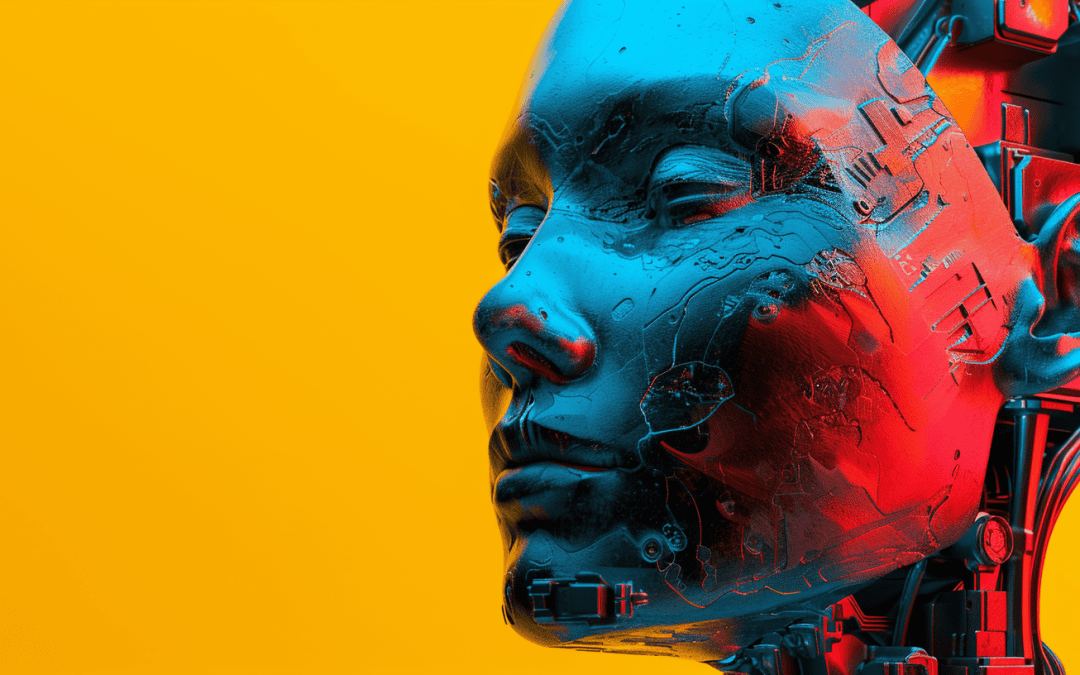
Harnessing the Power of AI in Your Agency Workflow
As a small creative agency, staying ahead of the curve and maximizing efficiency are essential for success. One powerful tool that can help achieve these goals is artificial intelligence (AI). At FourthIdea, we’re using AI to streamline our workflow and enhance our creative processes. Here’s how we do it.
1. Start Small, Think Big
While AI has tremendous potential, it’s essential to start with manageable projects and gradually expand. Begin by identifying specific tasks or processes that could benefit from automation or optimization using AI. For FourthIdea, this meant integrating AI into our creative ideation process with tools like ChatGPT and Midjourney. By starting small, we were able to gain familiarity with AI technologies and assess their impact on our workflow before scaling up.
2. Collaborate with AI
AI shouldn’t replace human creativity; instead, it should complement it. We encourage our team to view AI as a collaborative partner rather than a threat. Foster a culture that embraces experimentation and innovation, where team members are encouraged to explore new ways of working with AI tools. At FourthIdea, we’ve found that combining human creativity with AI-driven insights leads to more innovative and impactful solutions for our clients.
3. Embrace Automation
AI excels at automating repetitive tasks, freeing up valuable time for your team to focus on more high-level creative work. Identify areas of your workflow that are ripe for automation, such as data analysis, email responses, or project management. By automating these tasks, you can increase efficiency and productivity while reducing the risk of human error—allowing your team to devote more time to crafting compelling campaigns for our clients.
4. Stay Ethical and Transparent
As with any technology, it’s essential to approach AI integration ethically and responsibly. Be transparent with your clients about how AI is being used in your creative processes and ensure that it aligns with their values and objectives. It’s also important to respect artists’ rights and adhere to best practices when it comes to image and content generation. At the agency, we’re in the process of creating an AI user guide to help us navigate through the gray areas that this new era has generated.
Yes, I did use AI to help me write this.
Why wouldn’t I? It’s no different that providing creative direction to the human members of the FourthIdea team. I created a very well-defined prompt that outlined the structure of the post and the points I wanted to make. Ultimately, it provided me with a start, but I still had to shape it to my vision. Integrating AI into an agency’s workflow can unlock new possibilities for innovation and efficiency. By starting small, collaborating with AI, embracing automation, and maintaining ethical standards, agencies can harness the full potential of AI to drive success for agency and clients like. At FourthIdea, we’re excited about the opportunities that AI presents and are committed to exploring new ways to leverage this transformative technology in our work.
AI Apps + Usage
ChatGPT+Gemini: Research, Data-Analytics, Strategy-Planning, Emails
MidJourney: Image generation for ideation, ad comps, and storyboarding
Eleven Labs: Voiceover generation for video rough cuts
